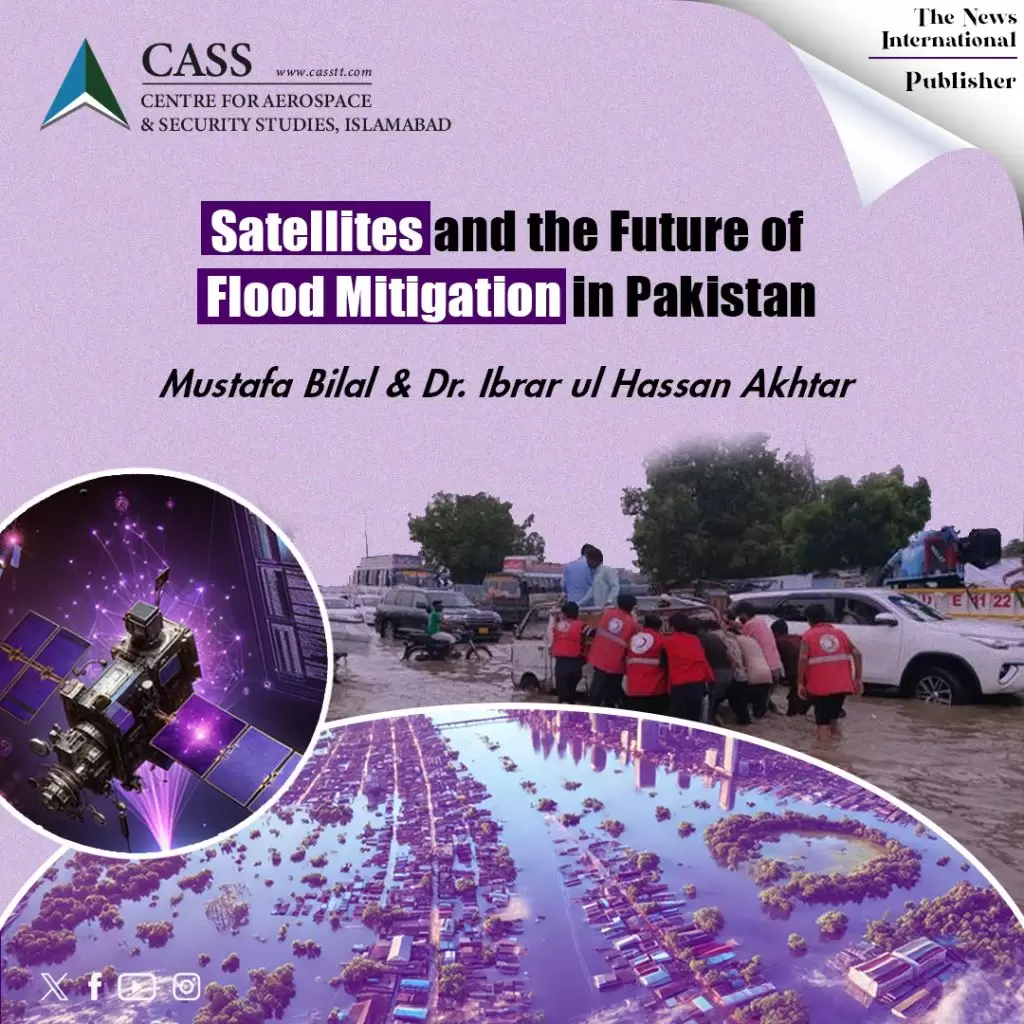The essence of nanotechnology lies in its incredibly small size. While one might associate miniaturisation with fragility, nanomaterials defy this assumption by exhibiting increased strength. The global demand for nanotechnologies is projected to rise from USD 68 billion to USD 183.7 billion by 2028, influencing various sectors, including the military. However, while futuristic military applications of nanotechnology, such as electrochromic camouflage (the ‘Invisibility Cloak’), the ‘Nano Bomb,’ and ‘Brain-on-Chip/Chip-on-Brain’ concepts, capture the imagination, they remain largely unrealised.
In terms of applied research and investment in nanotechnology, the United States stands at the forefront. Over the past two decades, funding for the National Nanotechnology Initiative (NNI), in collaboration with the US Department of Defense and other federal agencies, has exceeded USD 43 billion. According to the NNI 2024 annual report, a record USD 2.16 billion was allocated in the President’s supplemental budget for the initiative. Additionally, the US research laboratory DEVCOM, through its Soldier Protection Program, is focusing on integrating carbon nanotube technology with ceramic blends to develop next-generation body armour systems for the battlefield. The former technology is also used in Lockheed Martin’s F-35 aircraft as a multi-layered ‘fibermat’ making it ‘Low Observable Stealth’. The development of high-tech materials for military application is a part of the US military’s modernisation framework – DOTMLPF-P, where advancements in M (material) can propel changes in doctrine, organisation, training, leadership, and other elements of the framework, inducing far-reaching institutional change.
Comparably, China’s vision of modernisation of national defence and the military by 2035 also includes the development of new technology, including nanotech which is a strategic industry in the country’s ‘863 Program.’ Whilst China’s national spending on nanotechnology remains opaque, government-initiated institutes and projects such as the National Center for Nanoscience and Technology (NCNST), the Suzhou Institute of Nano-Tech and Nano-Bionics (SINANO), and the nanotech industrial zone ‘Nano Polis’ indicate Beijing’s determined efforts in advancing nanotechnology.
China’s advancements in nanotechnology are closely watched by Washington, which views Beijing’s military modernisation as a potential challenge to its national security. A 2023 study by three American open-source intelligence analysts, titled ‘In the Shadows of Science: Unraveling China’s Invisible Arsenals of Nanoweapons,’ suggested that China may possess nano weapons capable of facilitating covert operations in the future. While such claims require thorough verification, they are not entirely implausible considering China’s advancements in nanotechnology. For instance, in 2020, researchers at the State Key Laboratory of Shenyang developed a ‘Bubble Bot’, a laser-generated gas bubble that functions as a nanoscale robot for precise manipulation of matter. Chinese scientists have also reportedly resurrected the U.S. Navy’s discontinued ‘Dream Bullet’ project, involving nano-sensor-embedded smart ammunition capable of receiving signals from satellite navigation systems for trajectory adjustments and precision targeting.
In a broader geopolitical context, the US and India have a long-standing tradition of cooperation and India’s expanding strategic and technological capabilities offer a new basis to bolster ties between the two states. Indo-US military-academia collaborations in nanotechnology, such as those with the Air Force Research Laboratory (AFRL), and frameworks like the Initiative on Critical and Emerging Technologies (iCET), have advanced India’s capabilities. These initiatives, guided by India’s National Security Council Secretariat (NSCS) and the United States’ National Security Council (NSC), are complemented by India’s domestic research through the Defence Research and Development Organisation (DRDO), particularly on nanofluids for missile fuels and propulsion technologies. This progress underscores the need for Pakistan to enhance its technological capacity both through indigenous development and strategic partnerships.
Until now, Pakistan’s nano-collaboration with its all-weather partner China has been limited to agricultural applications. Pakistan’s National Centre of Nano Science and Nanotechnology – a collaborative university initiative, also aspires to work on nanotech applications in agriculture and environment to achieve the United Nations Sustainable Development Goals (SDGs). Although the initiative is promising, the prevailing geostrategic environment—marked by the US-China nanotechnology race and US-India techno-military collaborations—necessitates the need for Pakistan to expand and refine its military applications of nanotechnology.
History has shown that there remains an evident military advantage for states that are forerunners in the development of cutting-edge technology. Technological and scientific advancements inevitably create asymmetries, with some states outpacing others. To minimise this gap, it is essential to strengthen Research and Development capabilities, build robust institutional frameworks, invest in human capital, and foster collaboration with global partners. Updating and reinforcing existing legal frameworks, such as biological and chemical weapons conventions, is also crucial to address societal risks posed by the military, environmental, and ethical implications of nanotechnology.
Saba Abbasi is a Research Assistant at the Centre for Aerospace & Security Studies (CASS), Islamabad, Pakistan. She can be reached at [email protected].





